When the British entered World War I, their army actually wanted to transition to a more modern rifle than its Short Magazine Lee Enfield (SMLE) chambered for the likewise obsolete .303 British cartridge, which originated in the late 1880s as a black-powder cartridge.

The SMLE had a rear locking bolt design that worked fine with low cartridge pressures, but by 1910 the British upgraded to a hotter Mk VII load with a 174-grain spitzer bullet at approximately 2,450 fps. British ordnance officers thought the higher pressure loading required a new Mauser-type rifle with front locking lugs.
One thing that can be said about nineteenth century British politicians is that they had no qualms about declaring war on other nations while being woefully unprepared in terms of weaponry. A much stronger front bolt locking system had been designed by 1913 along with an experimental .276 cartridge. The Brits thought it would be even better than the German 7.92mm or America’s .30-06. (I’ve never been able to find proposed ballistics for this experimental British cartridge, but it is worth noting that in the 1920s, John C. Garand originally designed the soon-to-be M1 for an American experimental .276 chambering.)
Initial British tests resulted in a Pattern 1913 rifle which was well thought of by British ordnance officials, but more work was needed for acceptance of the new cartridge. This all took place about the time Europe’s new war ignited. A decision was therefore made to adapt the new rifle to the .303 cartridge which caused the rifle’s name to be changed to Pattern 1914. Great Britain’s manufacturing facilities were working to capacity producing SMLEs, so in 1915 the American companies of Winchester Repeating Arms and Remington Arms Company were contracted to build Pattern 1914s. Remington even invested in another factory in Eddystone, Pennsylvania, to aid in production. This began in 1916, and in an amazing manufacturing feat, those three facilities produced 1.2 million Pattern 1914s in 15 months, averaging 80,000 per month.
This story is from the Rifle Special Edition 2017 edition of Rifle.
Start your 7-day Magzter GOLD free trial to access thousands of curated premium stories, and 8,500+ magazines and newspapers.
Already a subscriber ? Sign In
This story is from the Rifle Special Edition 2017 edition of Rifle.
Start your 7-day Magzter GOLD free trial to access thousands of curated premium stories, and 8,500+ magazines and newspapers.
Already a subscriber? Sign In
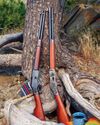
CIMARRON .32-20 Short Rifle & Carbine
In the heyday of Winchester Repeating Arms Company lever guns, it offered muskets, standard rifles, short rifles and saddle ring carbines.
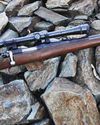
Remington's Model 722 and .222 Cartridge
It's easy enough to define what a varmint is, those pesky critters that tear up pastures, flower beds and all kinds of expensive crops people need for various reasons - most importantly, to make a living and/or something with which to feed themselves.

Coyote Bullets
What is Best for You?
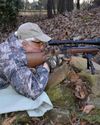
Remington's 5mm Rimfire Magnum
Shooting a Classic
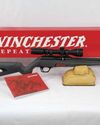
Winchester's New Wildcat
The Ultralight Rimfire Varmint Rifle
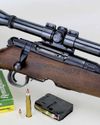
.223 Remington from .30-30 Winchester?
Multitasking for Varmints

LOADS FOR A .22 TCM
The .22 TCM first appeared commercially in 2012, chambered in a Rock Island Armory 1911-style handgun.
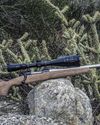
Everybody Loves Velocity
The 4,500-fps WSSM Project
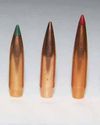
A BOLT-ACTION FRANCHI 224 VALKYRIE
Testing New Loads
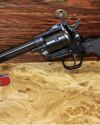
.22 Winchester Magnum Rimfire
Shooting Revolvers